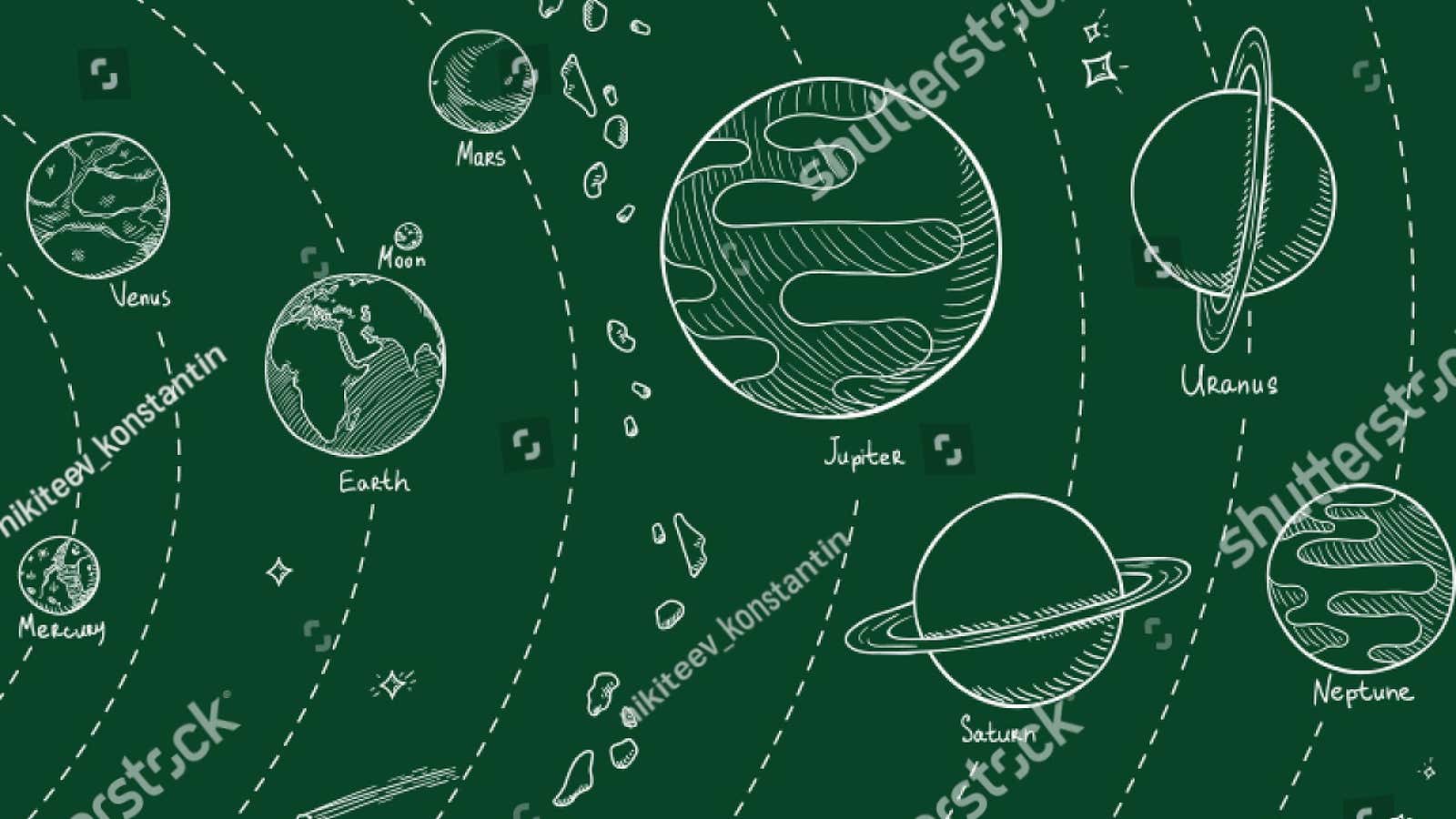When Can You See a Group of Planets Lined up in the Sky This Month

Did you think the appearance of Venus and Jupiter in the sky at the beginning of this year was cool? Of course, this conjunction was beautiful , but this month five planets converged. Objectively, it’s much cooler, and you should try to check it out. Here’s what you need to know in order to do so.
Which planets line up?
According to Live Science , Mercury may already be visible near Venus, Saturn, Mars and Jupiter in the predawn sky, but it all depends on viewing conditions in your area. According to Live Science, this alignment has been in development for months and marks the first alignment of the five visible planets since 2020.
Where, when and how can you see all five planets?
Again, your ability to see the planets lining up will depend on the viewing conditions you’re in, but generally speaking, they’ll be visible in the northern hemisphere early in the morning, and you won’t need a telescope or any special fixture. equipment to see them.
Live Science says the alignment will follow the eastern horizon and you have the best chance of seeing it around 45 minutes before sunrise.Check local sunrise forecasts every day here . Sunrise times vary from day to day in different regions of the hemisphere, and getting up early, but not early enough, sucks .
Mercury is expected to be in alignment around June 10th, but it will continue to rise higher above the horizon each day, so don’t worry if the terrain or buildings get in the way at first. The best time to try and catch a view is late June, but keep in mind that Mercury will return below the horizon in early July. The June 27 crescent will help you spot Mercury if you’re struggling, as the planet will be just below and to the right of the crescent.
You can distinguish between stars and planets by looking for constant light. The stars will twinkle, but the light from the planet will remain steady. Find five of these steady lights and you’ll realize you’re looking at an alignment where Mercury is farthest east, followed by bright Venus, orange Mars, Jupiter and Saturn moving west.